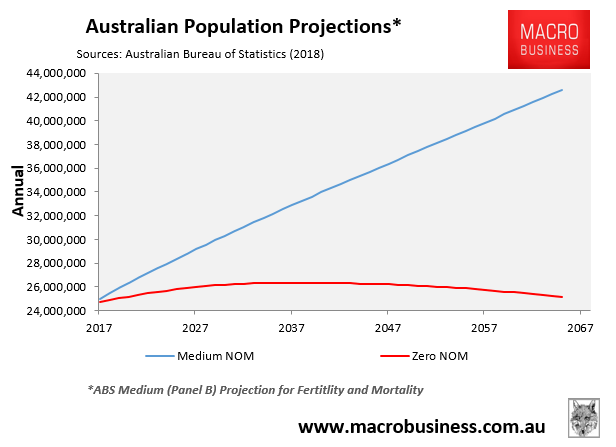The Guardian has continued its series on high-speed rail (HSR), which has turned its focus away from East Coast HSR – linking Melbourne, Canberra, Sydney and Brisbane – to smaller branch HSR rail lines linking regional cities, like Goulburn, with their respective capital cities:
A lack of vision and political will, short-termism, genuine concerns about viability and vested interests have all played a part in creating stumbling blocks.
But now there is a renewed push, this time by state governments as well as by a few in federal parliament. It’s driven by a new concern that congestion and the cost of retrofitting major cities with mass transport is crippling Australia’s competitiveness and making cities unliveable.
“One of the problems with high-speed rail, for too long it was seen as a method of getting from Sydney to Melbourne as an alternative to flying,” says the Liberal MP John Alexander, who has chaired several inquiries into the future of cities and is now an evangelist for high-speed rail.
“The real problem we are trying to address is housing supply and affordability,” he says.
“Because we have had no plan of settlement, we have had an imbalance of settlement. It has resulted in congestion in our major cities and the second highest cost of housing in the world”…
Roads into the city are clogged, trains are full and there have been big increases in housing density around railway stations…
With high-speed rail, he says, “Gosford, the southern highlands and Wollongong could be 15 minutes from the centre of Sydney and Newcastle, Goulburn and Nowra 30 minutes”.
“You are uplifting the value of that land enormously to compete with one of the most expensive markets in the world.
“You can reduce the number of cars coming into Sydney and you can strategically rebalance our settlement.”
These smaller regional HSR lines contain a major roadblock: the massive cost of getting from the outskirts of Sydney, Melbourne or Brisbane into the CBD.
These trains are not compatible with suburban commuter trains unless they slow to the same slow speeds due to alignment and congestion, in which case they are no longer HSR. Further, the current commuter train systems in Sydney and Melbourne are already at capacity and cannot cope with existing demands, let alone imposing a HSR network.
This means HSR would need to be separated from the existing commuter network via new train lines and stations. And since our major cities are already build-out, this would necessarily require acquiring some of the most expensive capital city real estate in the world or tunnelling under it, either of which would cost a small fortune.
Ultimately, the best way to deal with “congestion and the cost of retrofitting major cities”, as well as improving “Australia’s competitiveness” and liveability, and addressing “housing supply and affordability” is to address these problems at their source by cutting immigration:

Immigration is the fundamental driver of Australia’s population growth and the primary driver of these problems, which HSR would fail to overcome despite its huge expense.

